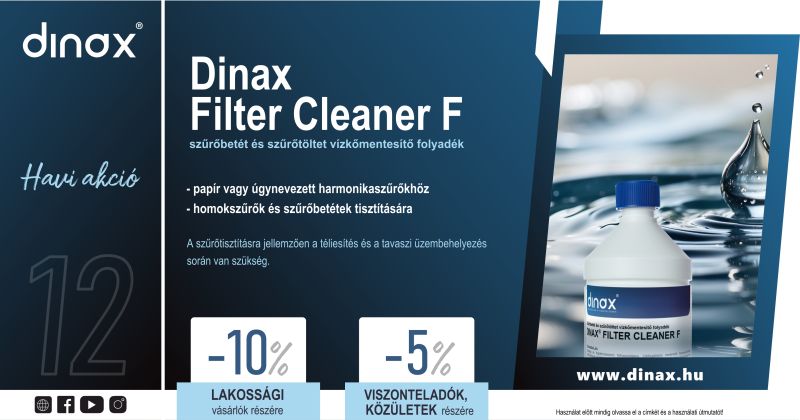Webshop

FILTRATION MATERIAL TYPES
Filtration materials can be categorized according to different points of views. Please find below the order of materials according to their density. Besides, you can find a short summary about the characteristics of the different filtration materials..
Classification by price (ascending order):
- Zeolite
- Burnt quartz sand
- GREENGLASS (Glass grains made by bottle or carglass grinding)
- Activated carbon + Burnt quartz sand
- Anthracite + Burnt quartz sand
- Activated carbon + GREENGLASS (glass grains)
Aggregation density in descending order:
- Burnt quartz sand
- GREENGLASS (Glass grains made by bottle or carglass grinding)
- Zeolite
- Activated carbon
- Anthracite
Characteristics of filter media:
-
A better quality medium than "plain" quartz sand and it is spreading step by step
-
What makes the difference is that throughout the burning process, other particles that can be a perfect ground for microorganism growth are eliminated from between sand particles
-
After installation it can be used immediately
-
The size and wear characteristics of grains is uniform
-
If there is no scaling, it can be used over 8 to 10 years
-
When it is "older" you can still see the difference between burnt and plain quartz sand
-
The use of this medium has its own traditions
-
It can be used directly in sandfilters
-
You need less quantity (-35%) than sand
-
If treated correctly it can produce excellent water quality over a long period of time
-
Due to its pores, the filtration capability can be 10 times better than that of quartz sand (if the flow rate is optimal) and it needs to be backwashed less frequently
-
Because of its small pore size it is able to retain even small particles (like algae and spores)
-
Its maintenance has to be done with care, in case of incorrect use, the lifespan of the medium is only 1-2 years
-
Excellent quality filtration medium
-
Green coloured, made by bottle or car windscreen grinding
-
It roots back to 10 to 12 years of usage in water-treatment (water-treatment plants, oil refineries)
-
Its wear characteristics are outstanding in case of proper grains
-
No wear could be seen even after 12 years of use when inspected by microscope
-
As its surface is slightly negative, no scale problems can be experienced and biofilm growth in the filter is insignificant
-
This negative charge also supports the flocculation process, so the filtration capability is better than that of quartz sand
-
Recommended to be placed on top of the filtration medium (it gets ther by itself over the time)
-
It plays an important role in binding free active and combined chlorine
-
Its regeneration at the place of use is not possible
-
According to foreign experiences, it is more effective when put into a separate tank because of the wash-out
-
In Hungary, due to the circumstances of use practically there is no wash-out
Anthracite:
-
In multilayer, mixed-bed swimming-pool filters, this is the most frequently used product together with quartz sand, although it can also be applied independently.
-
Like activated carbon, it also washes out of the filter, but until it occurs even a 15-20 cm layer can provide a filtration fineness similar to that of zeolite
-
It has no chlorine-binding capacity
